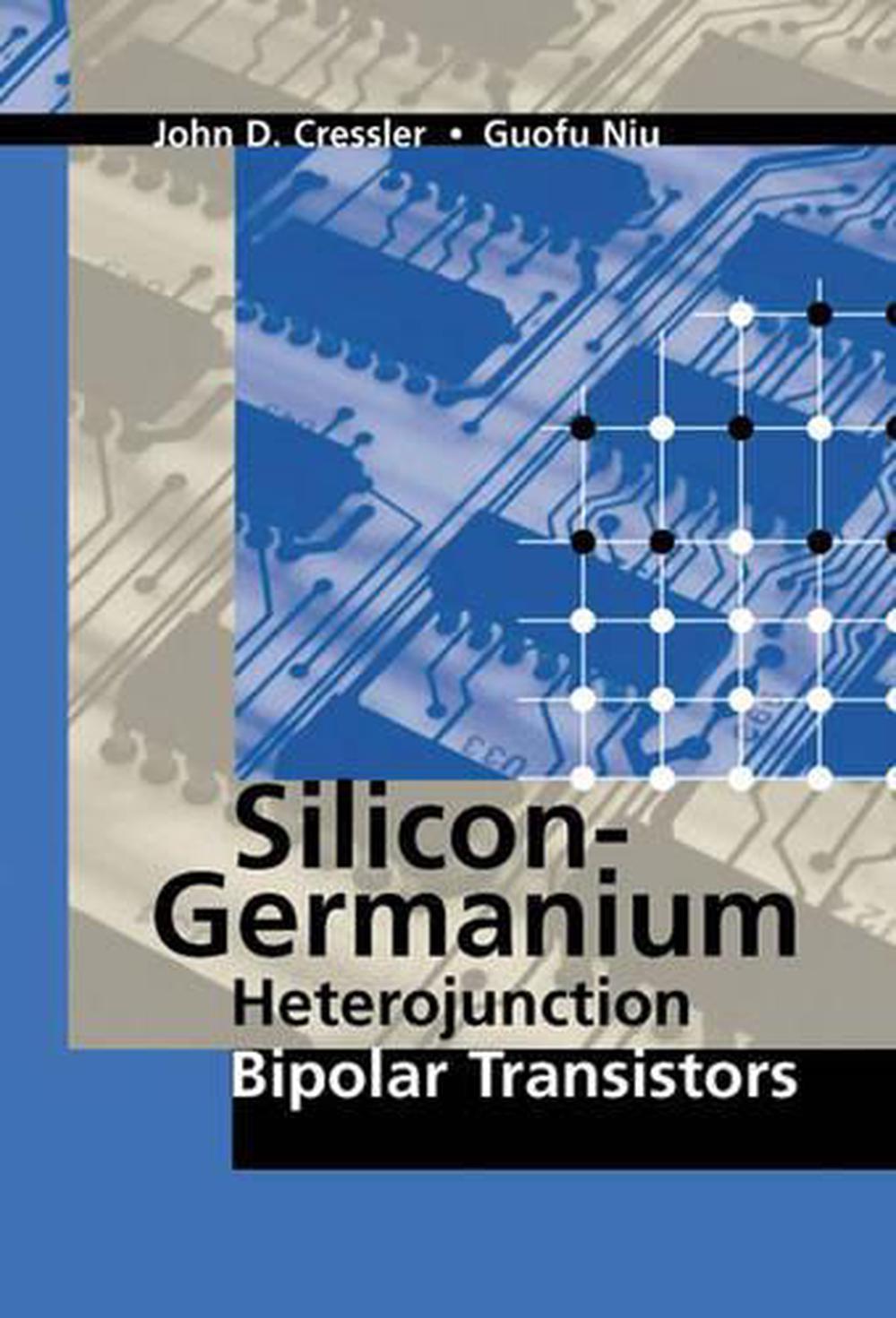

A detailed high-frequency equivalentmodel for the bipolar transistor (the Giacoleto model-see Figure 2) helps inunderstanding how this noise is generated. We are concerned with thermal noise (also called Johnson noise or white noise)and shot noise (also called Schottky noise). NF is a measure of the degradation in the signal-to-noise ratio (SNR) betweenthe input and output ports of a network, typically expressed in dB: NF = 10log 10F.Therefore, F The noise factor (F) for an amplifier orother network with power gain (G) equal to G = P OUT/P INcan be expressed as: Noise figure (NF) servesas a figure of merit for networks, to compare noise in the actual network withthat in an ideal noiseless network. The main contribution to noise figure in the down-conversion link is noisecreated by the LNA's first transistor input stage. Typical radio input circuitry includes a low-noise amplifier and mixer. A typical front-end blockdiagram (Figure 1) shows the performance possible with Silicon Germanium technology(1.9GHz) for a combination mixer and low-noise amplifier (LNA).įigure 1. GST-3 isa new high-speed IC process technology based on silicon germanium (SiGe), whichfeatures a transition figure (f T) of 35GHz. Silicon Germanium (SiGe) is the newest innovation for simultaneously improvingthe power consumption, sensitivity, and dynamic range of a receiver. This last parameter is gaining emphasiswith the advent of nonconstant-energy modulation schemes such as π/4DQPSKand 8QAM. Low power consumption and lightweight batteries lend autonomy to the device, higher front-end sensitivity increases the reception distance, and greater front-end linearity has a directimpact on the admissible dynamic range. Three parameters are increasingly important for cellular handsets and other digital, portable, wireless communication devices. The impact of SiGe on linearity is explored.

Wider gain bandwidth of SiGe technology is shown to provide lower noise performance. A Giacoleto model is used to analyze noise effects. This application note describes how silicon germanium enhances IC performance in RF applications.


 0 kommentar(er)
0 kommentar(er)
